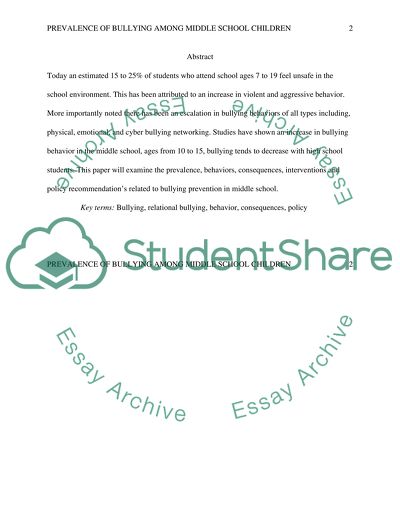Cite this document
(“Prevalence of Bullying among Middle School Children Consequences , Essay”, n.d.)
Retrieved from https://studentshare.org/other/1421585-prevalence-of-bullying-among-middle-school
Retrieved from https://studentshare.org/other/1421585-prevalence-of-bullying-among-middle-school
(Prevalence of Bullying Among Middle School Children Consequences , Essay)
https://studentshare.org/other/1421585-prevalence-of-bullying-among-middle-school.
https://studentshare.org/other/1421585-prevalence-of-bullying-among-middle-school.
“Prevalence of Bullying Among Middle School Children Consequences , Essay”, n.d. https://studentshare.org/other/1421585-prevalence-of-bullying-among-middle-school.


